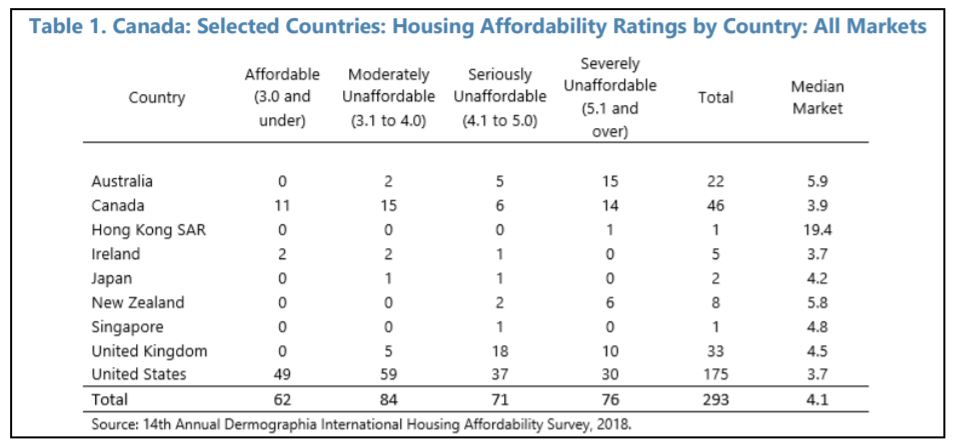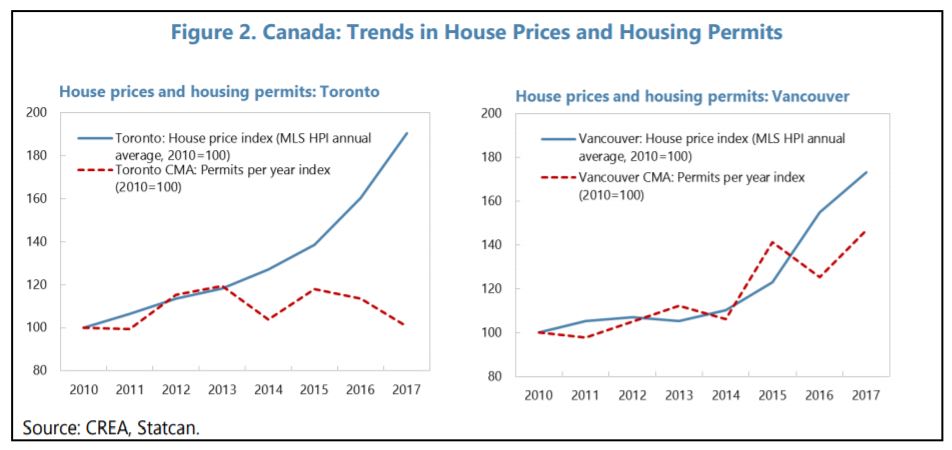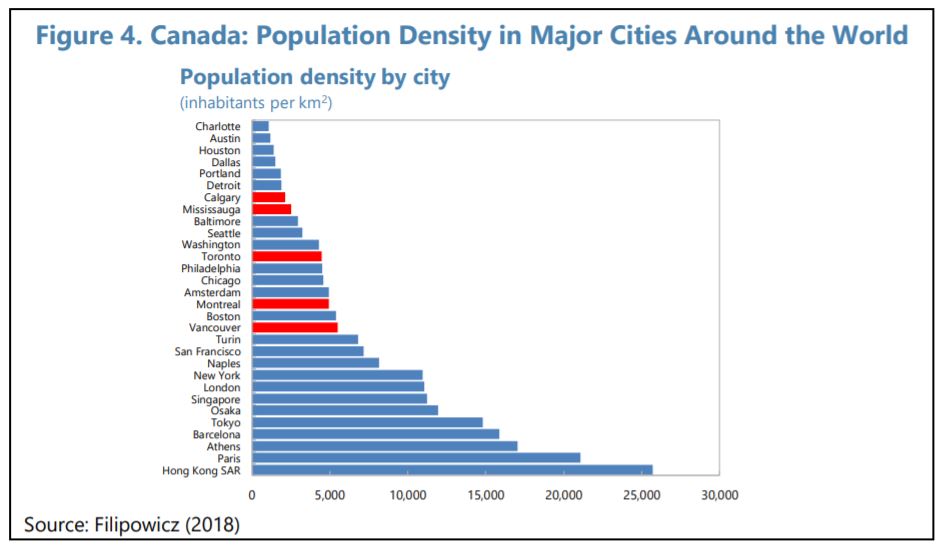Tuesday, July 17, 2018
How To Improve Housing Affordability in Canada’s Dynamic Regions?
From the IMF’s latest report on Canada:
“Housing affordability is becoming an increasing social and economic concern in Canada. While Canada’s overall affordability rankings2 are not among the worst in its peer group, its
most dynamic regions, particularly around Vancouver and Toronto are severely unaffordable (Table 1). Moreover, some smaller housing markets are also becoming unaffordable, as demand pressures are spreading from the major markets to nearby markets. Deteriorating affordability raises not only important social concerns, but also economic ones, as it works against attracting and keeping talent in Canada’s most dynamic urban centers. Thus, it can have a negative effect on growth, productivity, and innovation. This note focuses on the housing markets in the Greater Toronto Area (GTA) and Greater Vancouver Area (GVA) where demand pressures have been the most acute.Driving the deterioration of affordability has been the significant imbalance between housing demand and supply in the most affected regions. House prices nearly doubled between early 2010 and spring 2018 in Vancouver and Toronto as demand from domestic and foreign buyers outstripped the supply of homes. House price appreciation has been slower in other parts of the country, with virtually no appreciation in the resource rich areas in the same period.
Addressing housing supply constraints is a complex exercise. It will require complementary transportation, immigration, and housing strategies at all levels of government. Some of the constraints and bottlenecks can be addressed relatively easily e.g., by streamlining and
modernizing processes, establishing databases and information sharing. Others, such as accelerating rezoning and the delivery of serviced land are more difficult issues, as they reflect deeper structural constraints. Nevertheless, addressing housing supply issues should be handled as a matter of urgency as the social and economic costs of deteriorating affordability are increasing.”
Posted by at 6:55 AM
Labels: Global Housing Watch
Subscribe to: Posts


